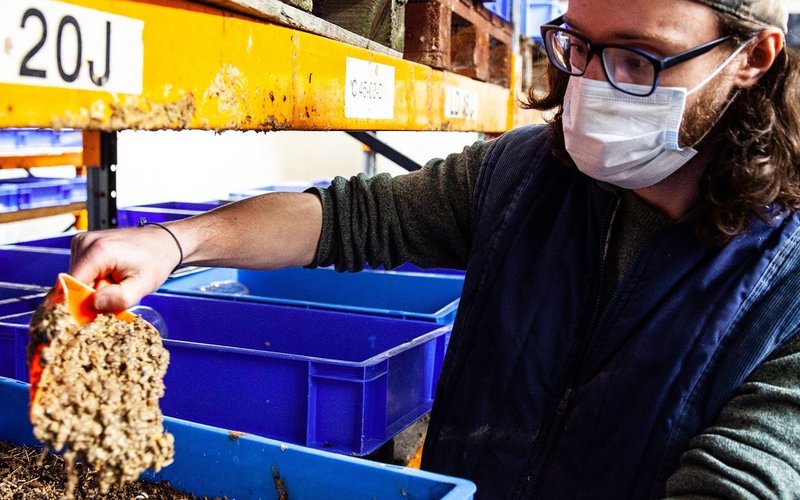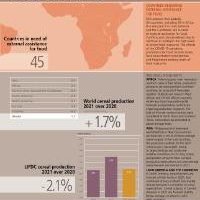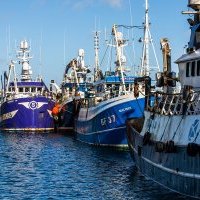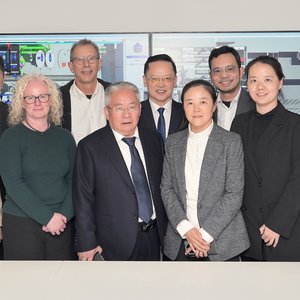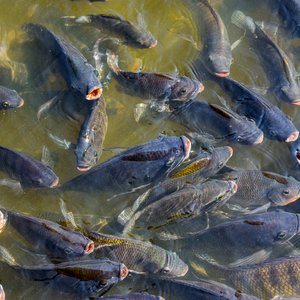A report, commissioned by WWF in partnership with Tesco, highlights the huge potential for insect farming in helping to tackle the climate and nature crisis. The report states using insect meal to feed fish and livestock could cut the UK’s future soy footprint by a fifth, protecting critical landscapes like the Brazilian Cerrado.
The Future of Feed: a WWF roadmap to accelerating insect protein in UK feeds projects the total demand for insect meal from the UK’s pig, poultry and salmon sectors could reach around 540,000 tons a year by 2050. This could result in about 16,000 tons of fishmeal and 524,000 tons of soy being replaced – equivalent to one-fifth of the UK’s projected soy imports in 2050, or Tesco UK’s entire 2018 soy footprint. Around 150,000 hectares of land are required to produce this amount of soy annually, almost the size of Greater London.
This new research suggests around 240,000 tons of insect meal per year could potentially be sourced from UK insect farms. But the growth of the industry in the UK is lagging behind mainland Europe and North America. Some new UK facilities are in construction, but the sector is constrained by several factors, including only a limited number of substrates being authorized for rearing insects that are intended to be used in animal feed.
WWF and Tesco are calling on the UK government to mandate the Food Standards Agency, with input from Food Standards Scotland, to research the potential and regulatory requirements for using additional substrates for insect farming, which could allow a broader range of feedstocks to be used to farm insects.
Tesco is also urging the government to develop financial incentives to support innovative farming methods, such as insect farming, which will support the scale-up of these new industries. WWF calls for aquaculture suppliers and retailers to work together to increase demand for insect meal, supporting the move away from a feed system that drives the destruction of nature.
Download the report here.


